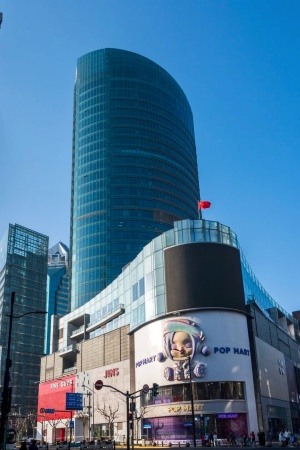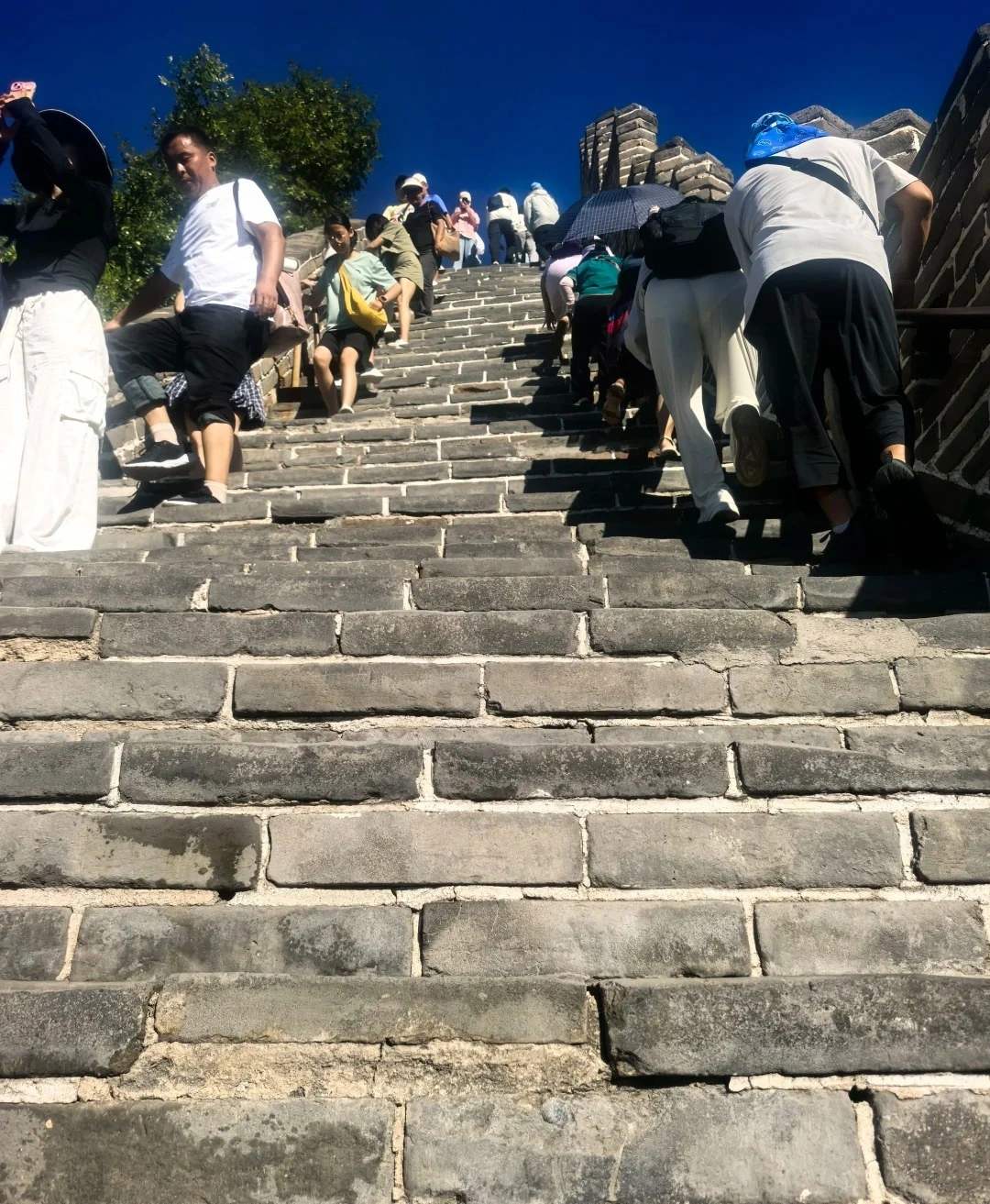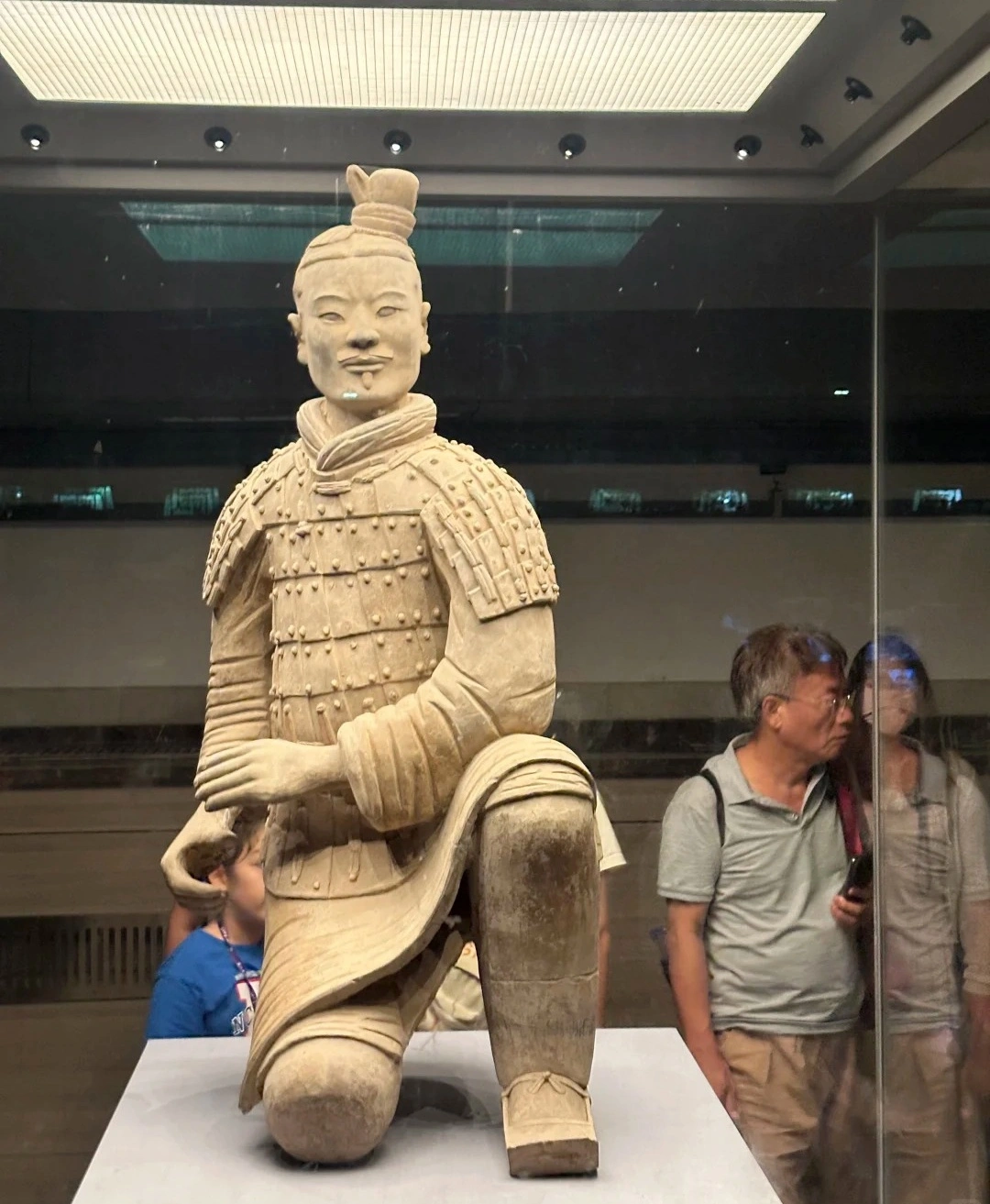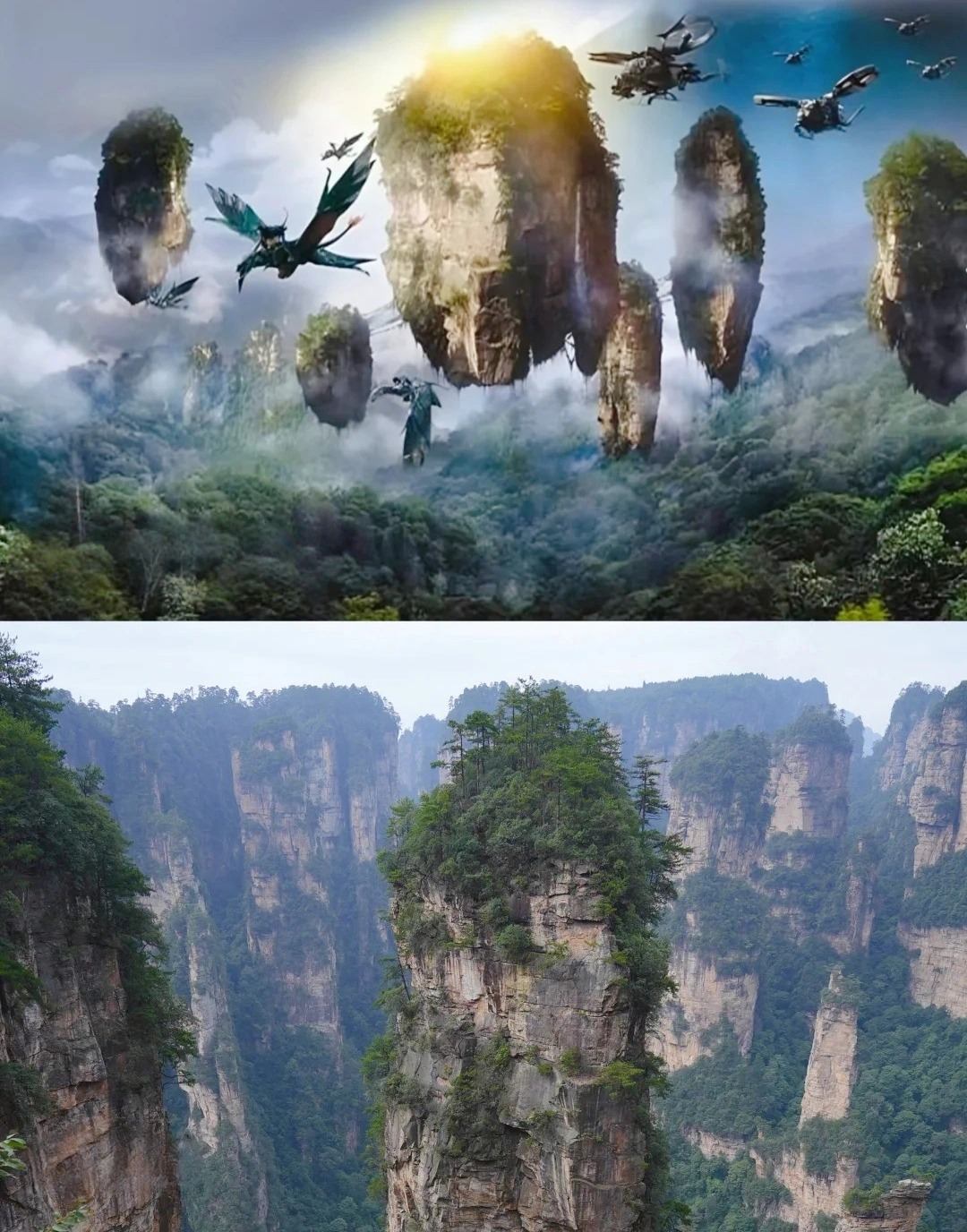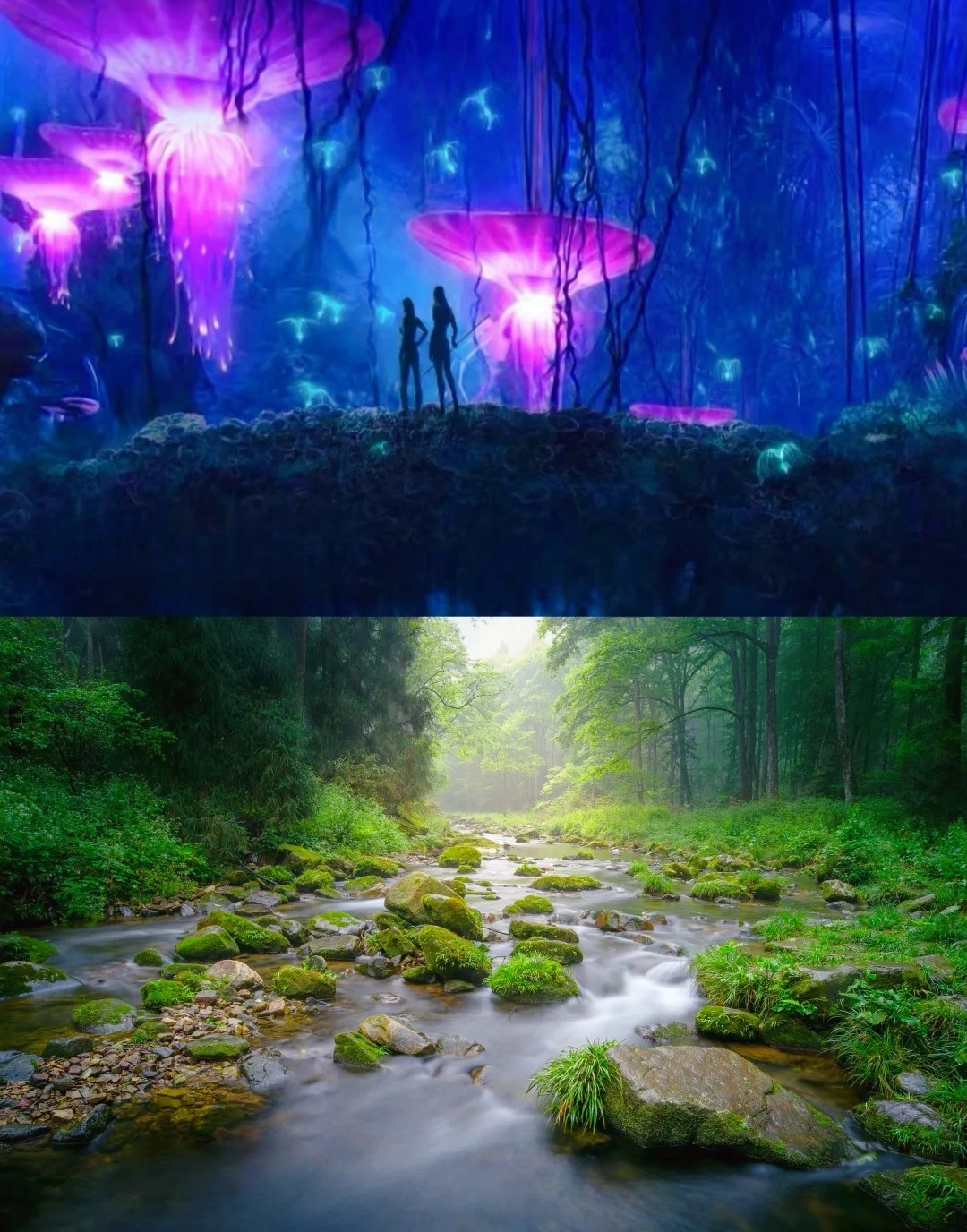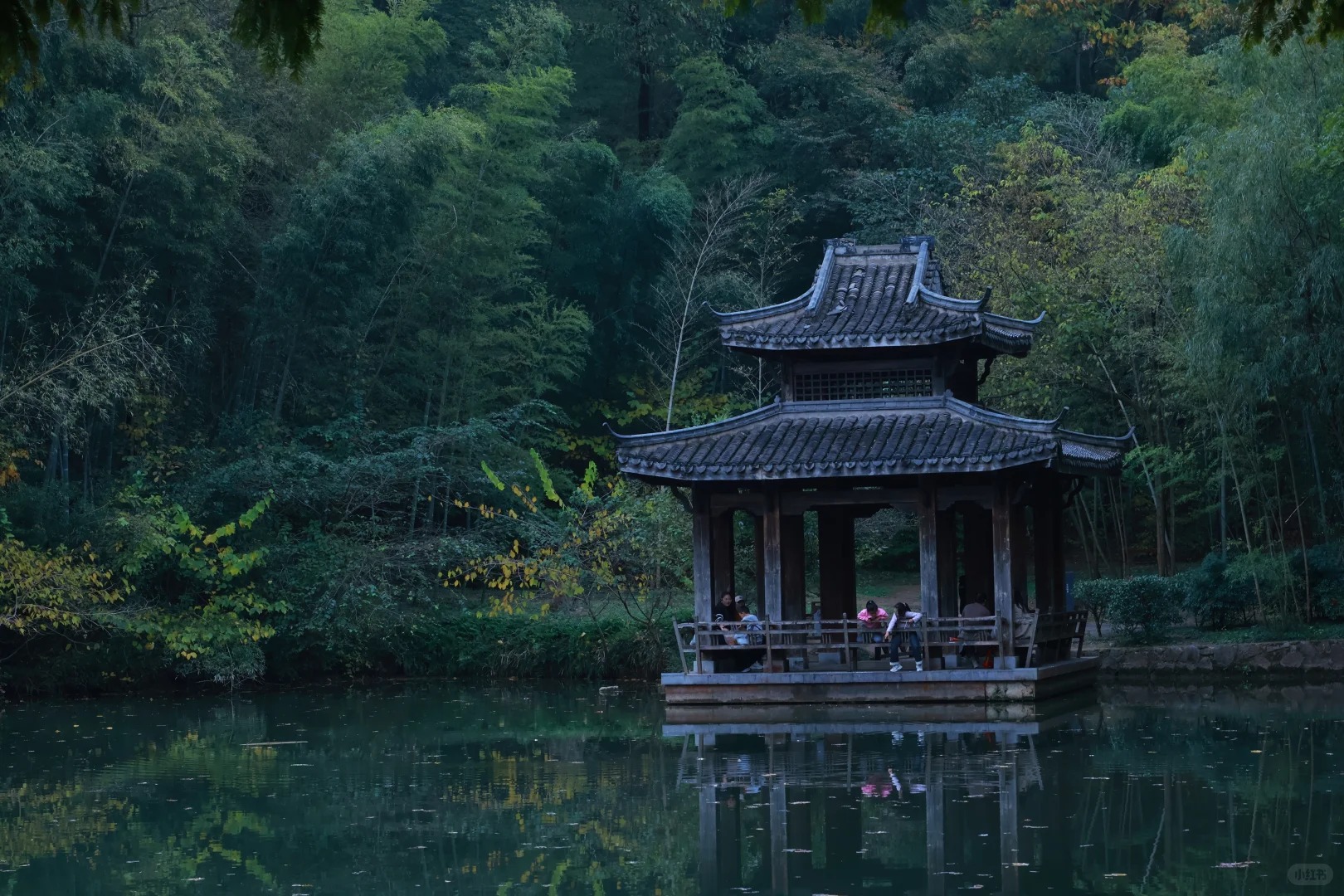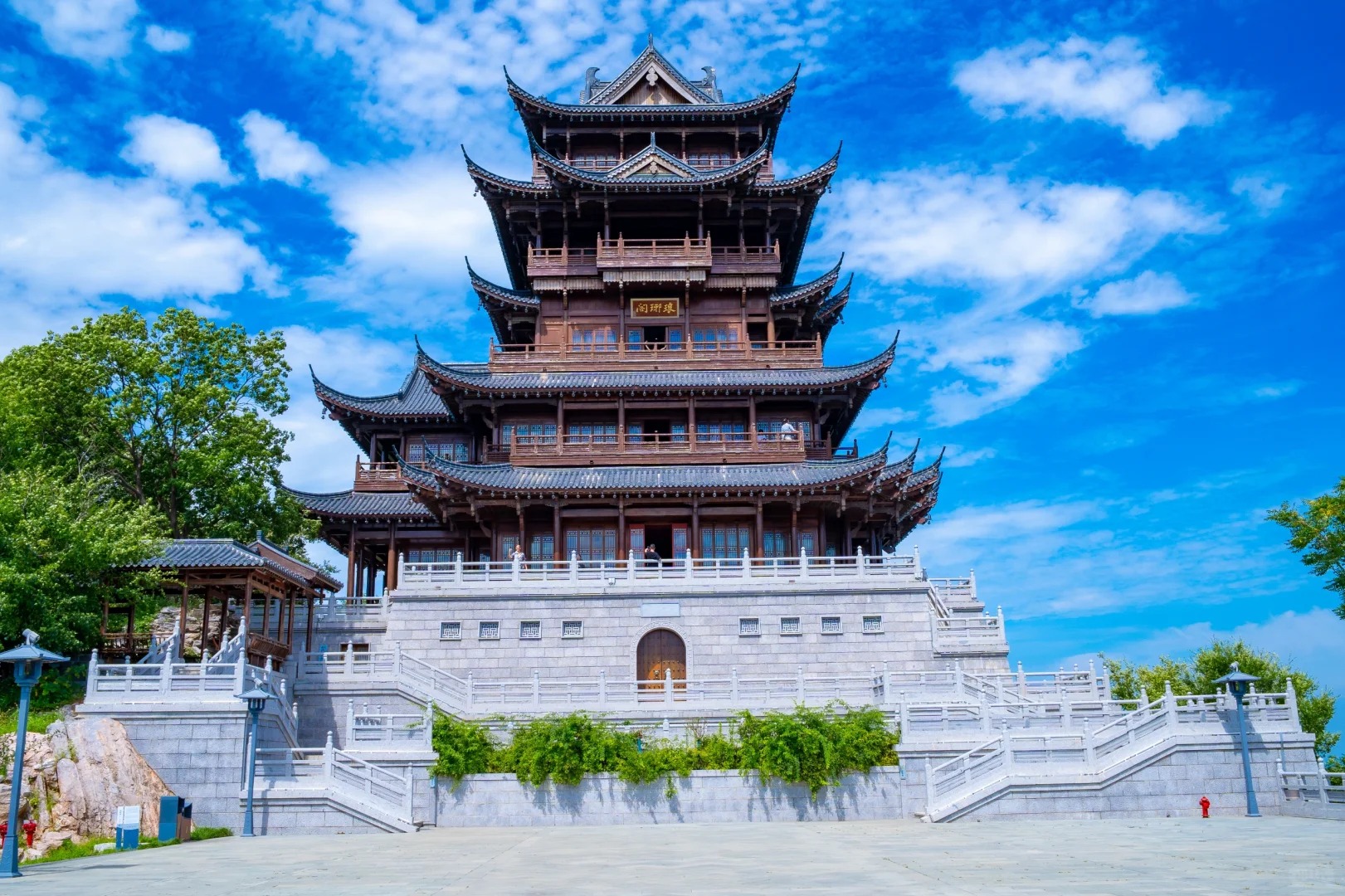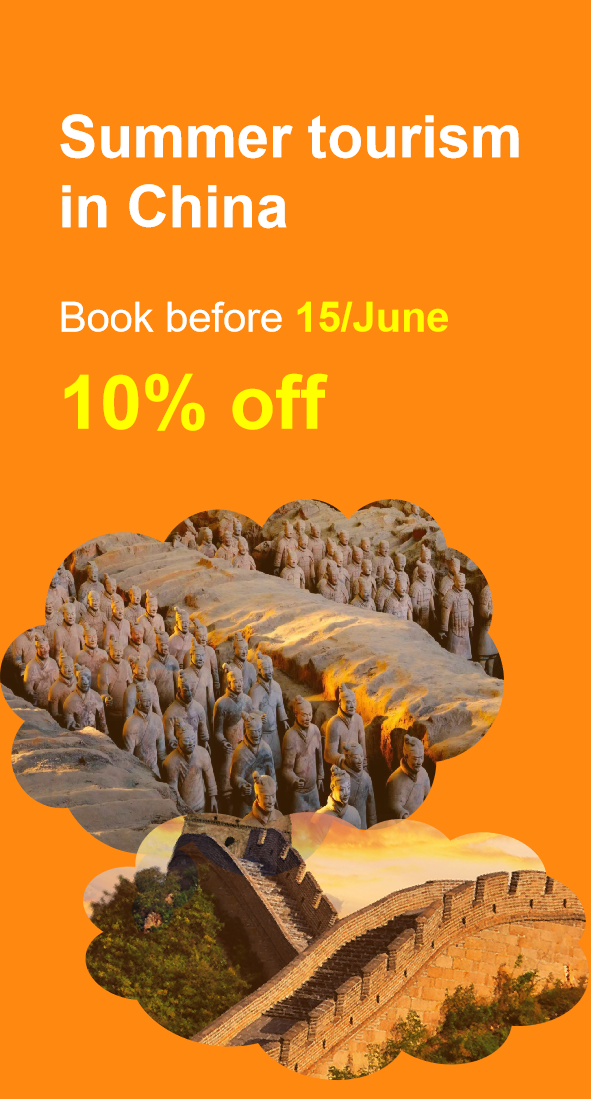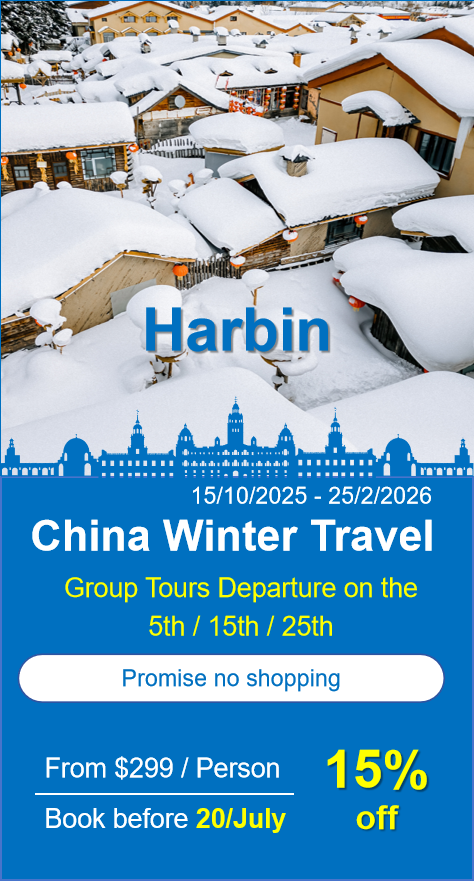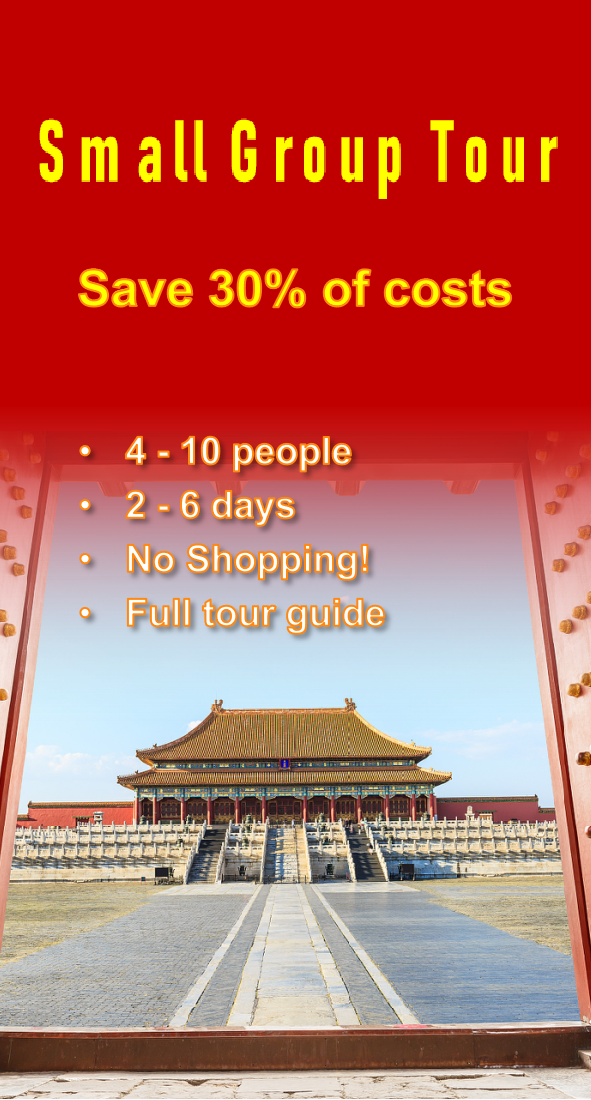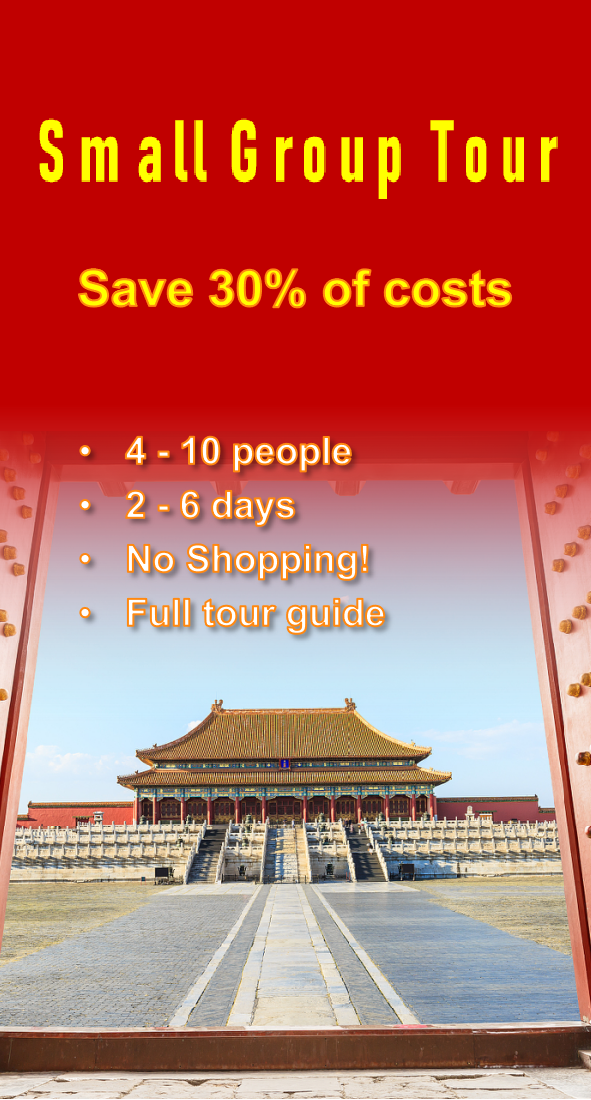Langya Mountain
Historical Overview
The history of Langya Mountain dates back to the Three Kingdoms period (220–280 AD), when it gained fame as a retreat for scholars and poets. During the Tang Dynasty (618–907 AD), it became a cultural hub, attracting literary giants such as Li Bai, Ouyang Xiu, and Su Shi, who left behind numerous poems and inscriptions praising its beauty. The mountain's cultural significance peaked during the Song Dynasty (960–1279 AD), when temples and pavilions were constructed, solidifying its status as a sacred site. In modern times, Langya Mountain has been preserved as a national forest park and cultural relic protection unit, ensuring its legacy for future generations.
Structural Layout
Langya Mountain is divided into several key areas:
- Northern Entrance Area: Features the main gate, visitor center, and the iconic Langya Pavilion, which serves as the gateway to the mountain.
- Central Cultural Area: Home to ancient temples, pavilions, and stone inscriptions, including the famous "Inscription on Langya Mountain" by Ouyang Xiu.
- Southern Natural Scenic Area: Offers hiking trails through dense forests, waterfalls, and viewpoints overlooking the surrounding landscapes.
- Eastern Religious Area: Includes the Deep Pool Temple (Shenchi Si), a Buddhist monastery nestled in a secluded valley, and the Ancient Buddha Cave (Gufu Dong).
- Western Recreational Area: Provides facilities for picnics, camping, and outdoor activities, making it ideal for family visits.
Major Attractions
- Langya Pavilion: A wooden pavilion built in the Ming Dynasty style, offering panoramic views of the mountain and surrounding plains. It is often the first stop for visitors and a popular spot for photography.
- Inscription on Langya Mountain: A masterpiece of calligraphy by Ouyang Xiu, carved into a cliff face. This historical relic is a must-see for culture enthusiasts.
- Deep Pool Temple: A serene Buddhist temple complex dating back to the Tang Dynasty, known for its tranquil atmosphere and ancient architecture.
- Nanyue Tiankeng: A massive sinkhole surrounded by lush vegetation, offering a glimpse into the region's unique geological formations.
- Leting spring: A natural spring with crystal-clear water, believed to have healing properties. Visitors often drink from the spring or fill bottles to take home.
- Huixi Pavilion: A secluded pavilion perched on a cliff, providing a peaceful spot for meditation and enjoying the mountain breeze.
Suggested Itineraries
- Classic Half-Day Route (3–4 hours):
- Start at the Northern Entrance → Visit Langya Pavilion → Explore the Central Cultural Area (Inscription on Langya Mountain, ancient temples) → Hike to Huixi Pavilion → Return via the main trail.
- Highlights: Cultural heritage and scenic viewpoints.
- Full-Day Exploration Route (6–7 hours):
- Begin at the Northern Entrance → Visit Langya Pavilion → Explore the Central Cultural Area → Hike to Deep Pool Temple → Continue to Nanyue Tiankeng → Visit Leting Spring → Return via the Southern Scenic Trail.
- Highlights: A mix of cultural and natural attractions, including temples and geological wonders.
- Adventure & Relaxation Route (Full Day + Overnight Camping):
- Day 1: Northern Entrance → Langya Pavilion → Central Cultural Area → Deep Pool Temple → Camp at the Western Recreational Area.
- Day 2: Hike to Nanyue Tiankeng → Visit Leting Spring → Explore the Eastern Religious Area → Return to the entrance.
- Highlights: In-depth exploration with camping under the stars.
Ticket Purchase
- Online: Tickets can be purchased via the official Langya Mountain website or popular travel platforms like Ctrip and Fliggy, up to 7 days in advance.
- On-Site: Tickets are available at the Northern Entrance ticket office, but queues may be long during peak seasons.
- Prices:
- Peak Season (April–October): ¥95 (adults), ¥45 (students/seniors).
- Off-Season (November–March): ¥70 (adults), ¥35 (students/seniors).
- Free: Children under 1.2m, disabled visitors, and military personnel.
Transportation
- By Subway: Not directly accessible by subway. The nearest subway station is in Chuzhou City, from which visitors can take a bus or taxi to the mountain.
- By Bus: Take bus route K1 or 18 from Chuzhou City Center to Langya Mountain Northern Entrance. The journey takes approximately 30 minutes.
- By Taxi: A direct taxi ride from Chuzhou City Center to Langya Mountain costs around ¥30–50, depending on traffic.
- By Car: Self-drive visitors can park at the Northern Entrance parking lot (¥10–20 per day).
Best Time & Tips
- Peak Hours: Avoid visiting between 10 AM and 2 PM, as the mountain can get crowded. Early mornings (before 9 AM) or late afternoons (after 4 PM) are ideal.
- Crowds: Weekends and holidays are busiest; weekdays offer a quieter experience.
- Weather: Spring (April–May) and autumn (September–October) are the best seasons to visit, with mild temperatures and colorful foliage.
- Essentials:
- Wear comfortable hiking shoes (the mountain has steep trails).
- Bring sunscreen, a hat, and insect repellent.
- Stay hydrated; carry a reusable water bottle (refill stations are available).
- Photography is allowed everywhere except in religious sites where flash is prohibited.
- Prohibited items: Drones, large backpacks, and pets (except service animals).
Contact Us
What Our Clients Say?
Based on 10,000+ traveler reviews
